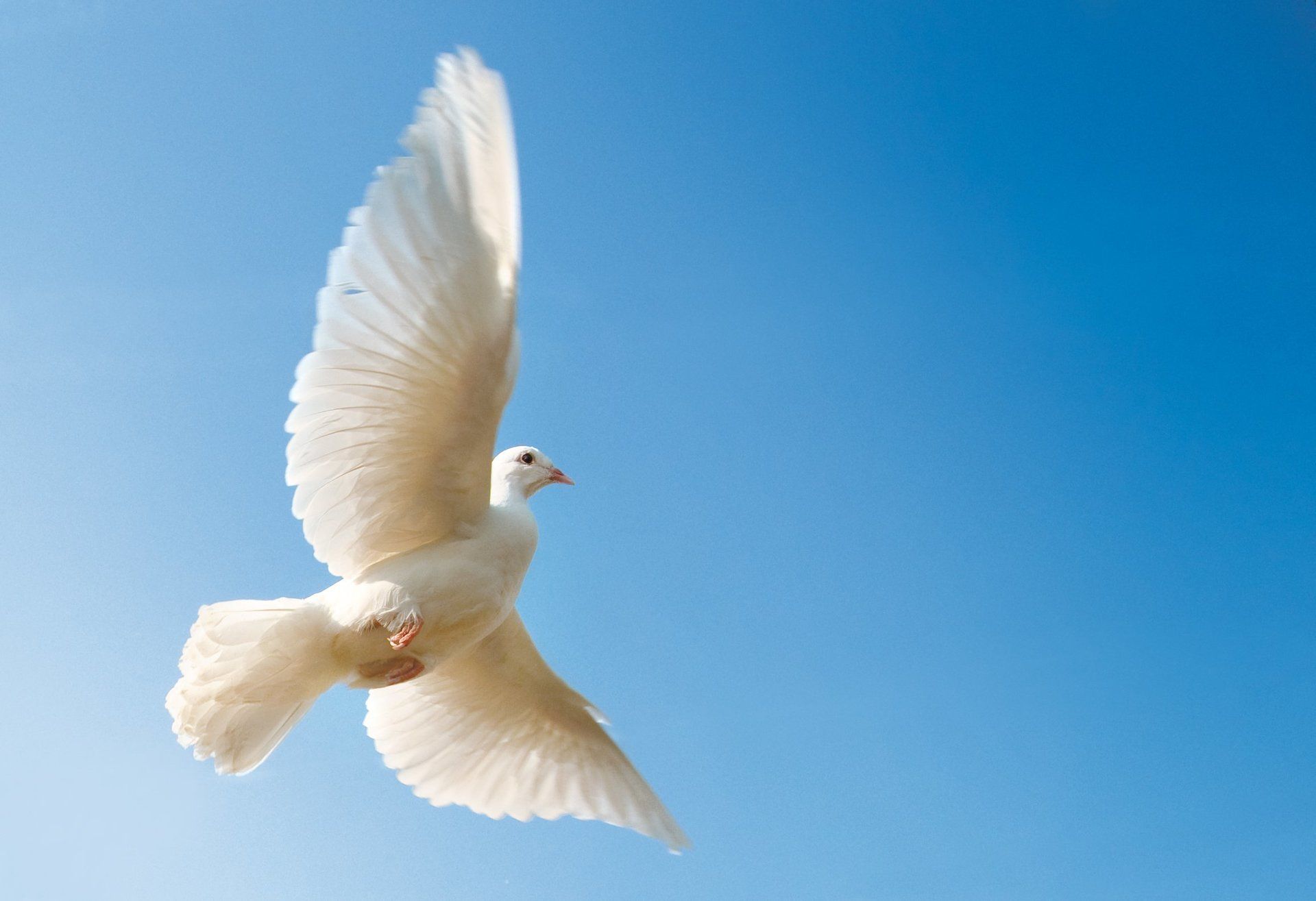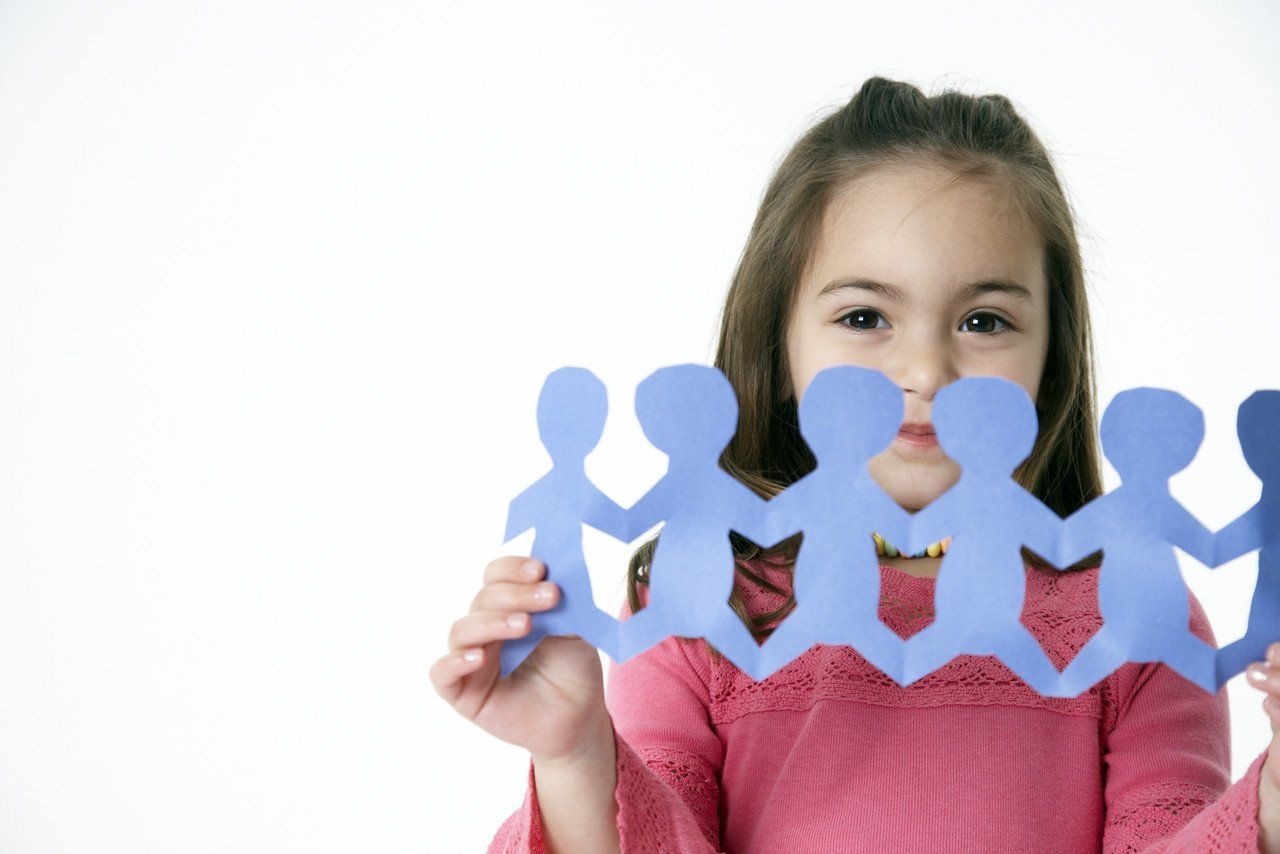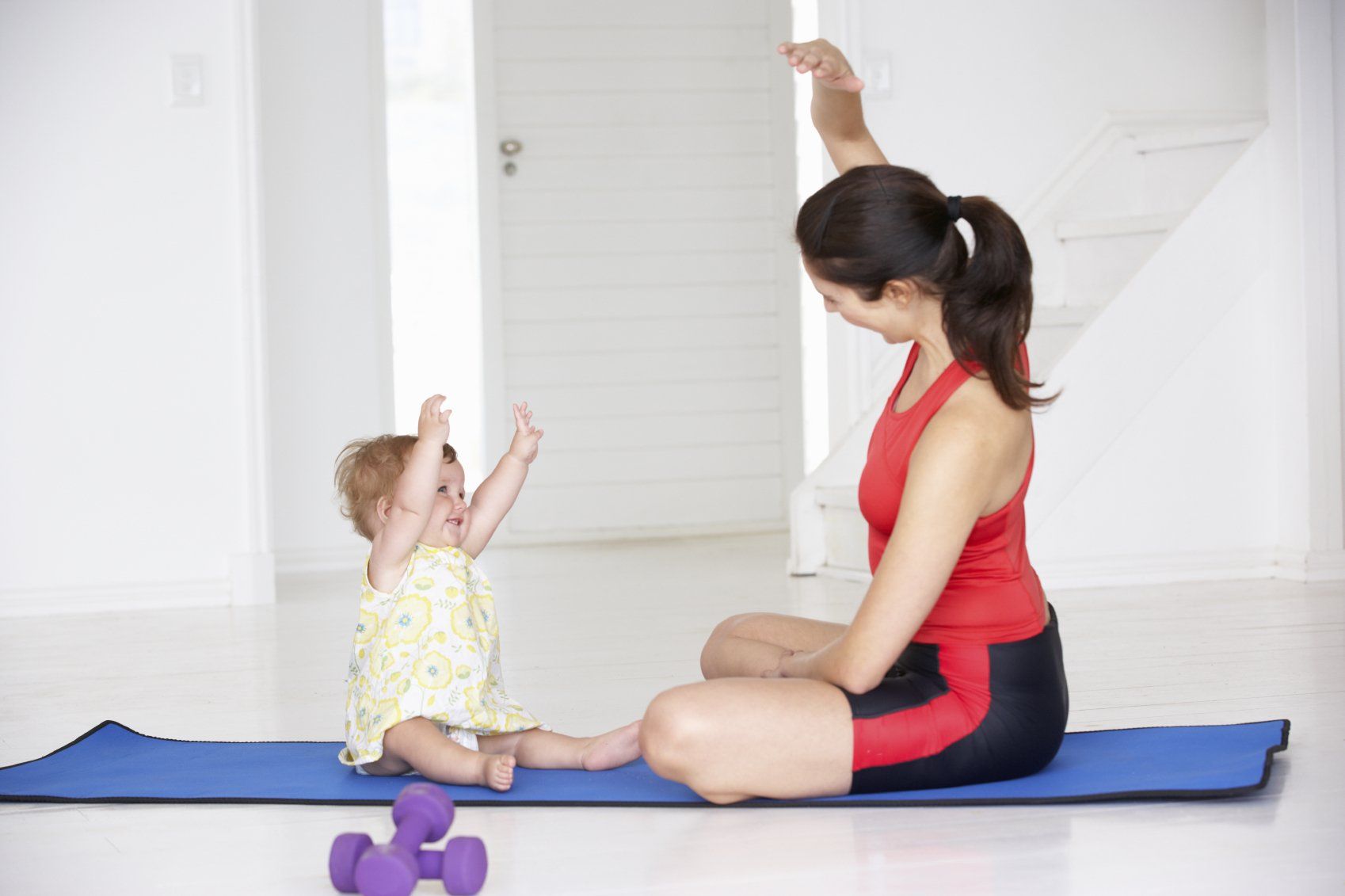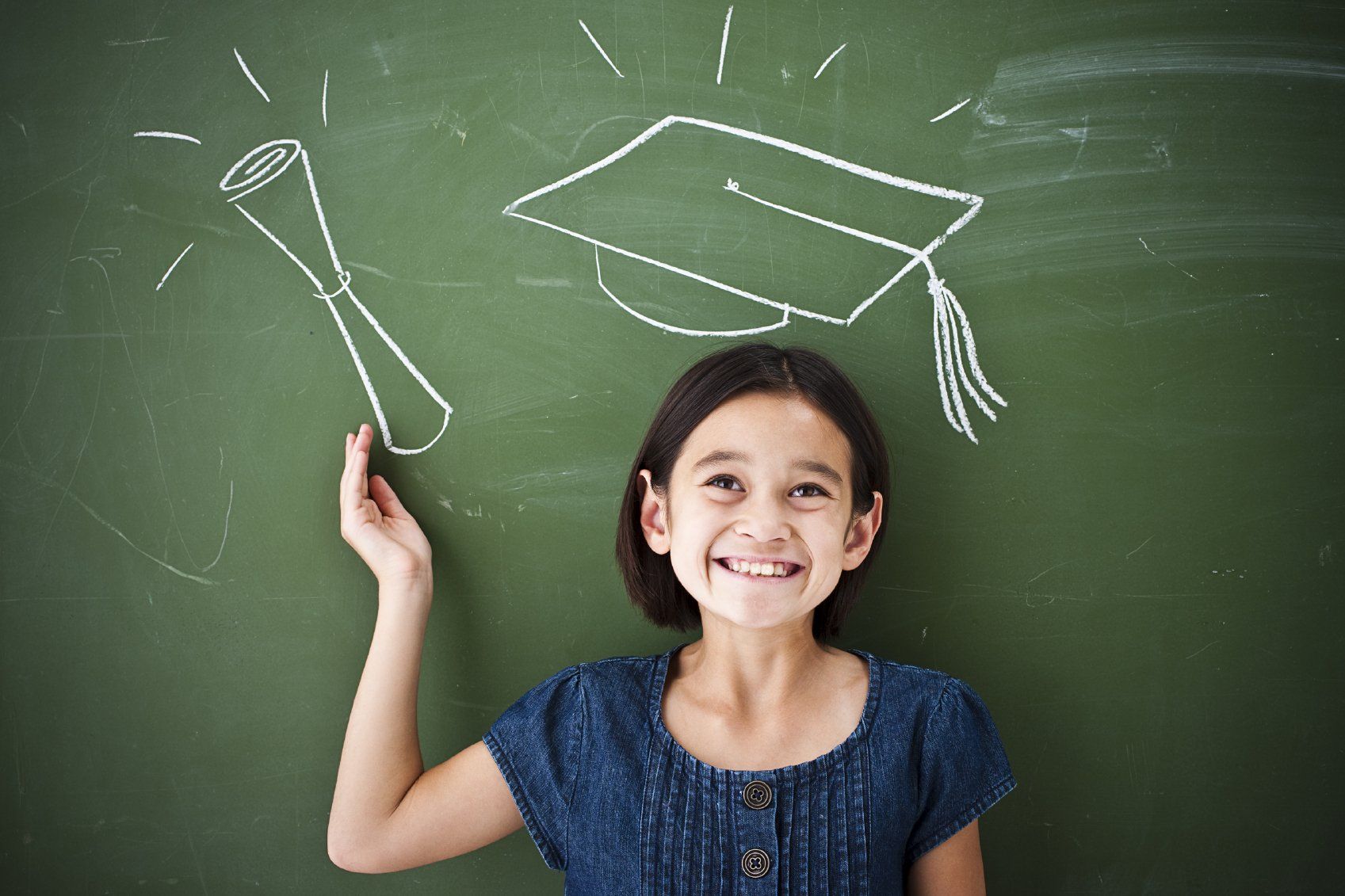Peace Education
"A child who has become master of his acts through long and repeated exercises, and who has been encouraged by the pleasant and interesting activities in which he has been engaged, is a child filled with health and
joy
and remarkable for his calmness and discipline." - Maria Montessori
In our era of information, these "soft skills" are the most important. Collaboration, setting boundries, acting on a plan, initiative, mental flexibility, compassion, taking a "no" answer, persuassion, and self-government differentiate successful individuals.
Challenge
The inner well-being of the child is just as important as any other subject. Peace education refers to the skills that help one feel at peace, the goal of our existence. In this area of the curriculum we talk about respect, we see beautiful things, we quiet our minds, we observe and live in the present. We focus on being (not only on doing).
Maria Montessori developed this area of the curriculum as she journied towards peace in her personal life. She fled to India from her home country Italy during World War II, because she refused to use her teaching methodology to indoctrinate children under Mussolini. Mussolini wanted her life. She went to India because she had a friend who invited her, Ghandi. Maria Montessori had been wearing only black since the death of her mother, decades before. In India, she began to wear white, and to smile much more in pictures. She herslef found peace during this period of her life, and designated "peace education" as an important curriculum area in the Montessori method.
Value
Soft skills, or emotional intelligence, the ability to collaborate, negotiate, lead, set bounders, and be resilient, are prized as the most important skills for the upcoming generation due to the way the economy i changing as artificial intelligence facilitates the work performed in most industries.






